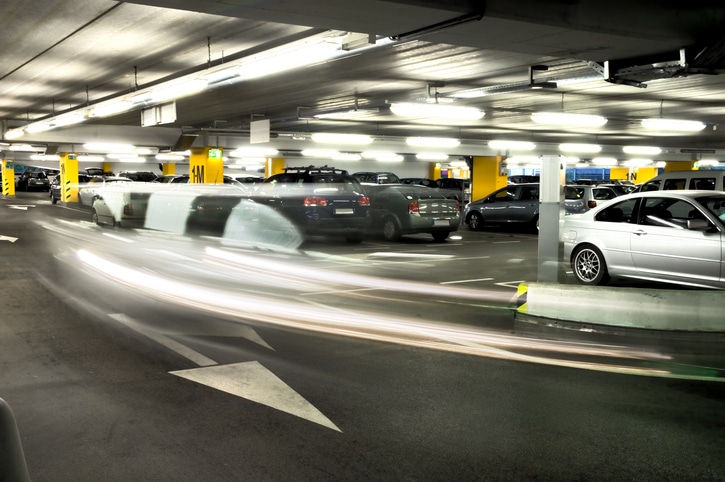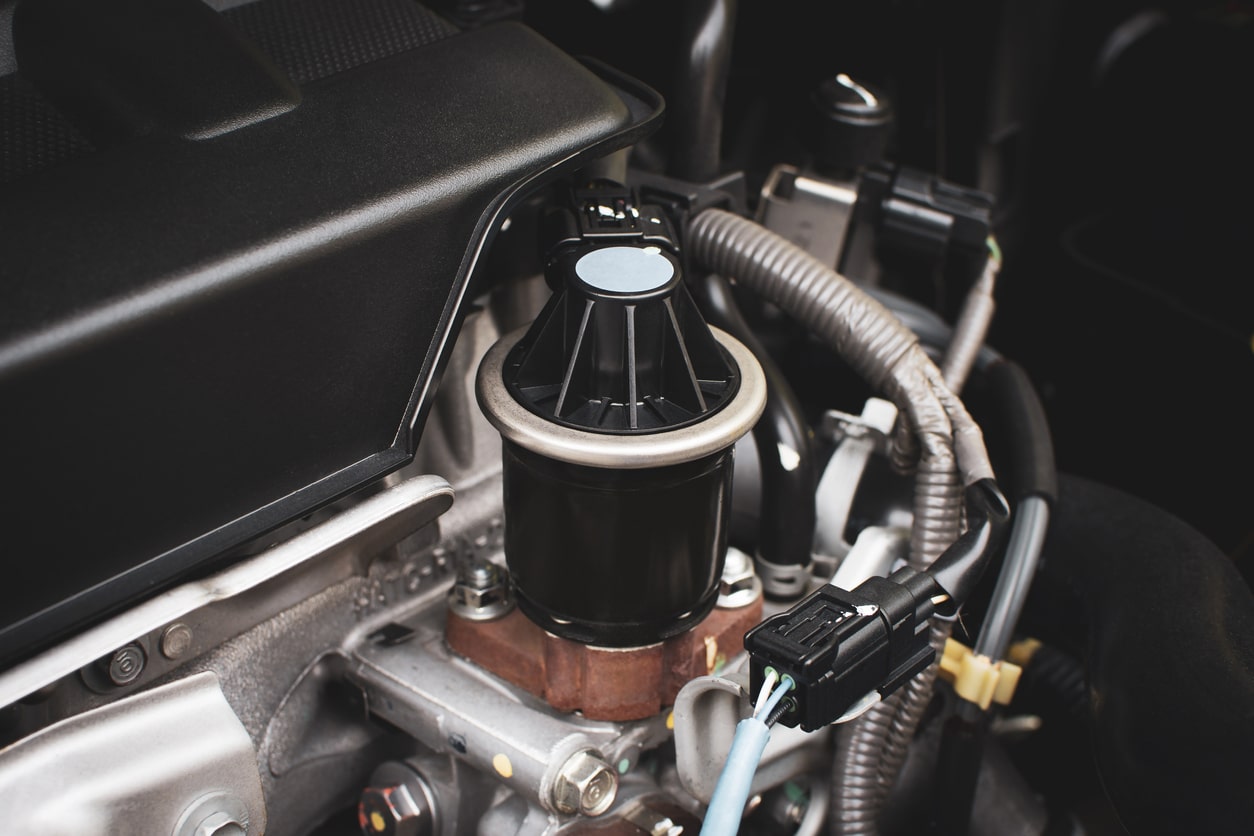Whether storing a classic car through the winter or simply taking a break from driving, there are a number of reasons why you might want to declare your car as ‘off the road’. Registering your vehicle as ‘off the road’ with the DVLA means you won’t have to pay for tax and insurance, or put your car through its annual MOT – saving on motoring costs.
To register your car as ‘off the road’, you’ll need a Statutory Off Road Notification (SORN). In this guide, we’ll explain what a SORN is and how to get one, as well as some maintenance advice for storing your car long-term. Use the links to skip to the section you’re interested in, or read on for our complete guide.
- What is a SORN?
- How do I Apply for a SORN?
- Situations Where You Would Need a SORN
- How Do I Get My Car Back on the Road after a SORN?
- Your SORN Questions, Answered
- Maintenance Advice for Storing Your Car Long-Term
What is a SORN?
A Statutory Off Road Notification (or a SORN as it’s most commonly referred to) is a way of officially declaring your car as ‘off the road’ and not in use. It’s a legally binding statement between you and the DVLA and once it’s in effect, it means that you won’t need to pay road tax and car insurance.
How do I Apply for a SORN?
To apply for a SORN, simply visit the GOV.UK motoring portal. You can also SORN a car by calling the DVLA on 0300 123 4321 or by writing a letter and sending it to:
DVLA
Swansea
SA99 1AR
You’ll need your V5C logbook to take the vehicle off the road immediately, or the V11 tax reminder to apply for a SORN starting on the first day of the next calendar month.
If you pay car tax annually, you’ll be refunded for the remaining period but will need to tax the car again before driving. You may also be able to apply for a refund from your insurer if there are still several months left on your policy, but there’ll probably be cancellation charges and loss of bonuses which will reduce the amount.
This guide can help with cancelling car insurance midway through a policy. Remember, though, that you may still need some form of insurance depending on where and how the car is being stored. Third-party fire and theft is usually a good option for a SORN vehicle.
Situations Where You Would Need a SORN
Typically, most people apply for a SORN if their car is going to be off the road for over two weeks. Even though you don’t need to state why your car is off the road to apply for a SORN, there are lots of reasons why you might wish to apply for one, including:
- Your car needs remedial work or you’re restoring a classic car
- You’ve been advised by your doctor not to drive for a long period
- You plan on scrapping your old car or stripping it for parts
- You’re going travelling and won’t be using your car for an extended period
- You plan to sell your car and won’t be using it again
These are just a few examples of why you may need to a SORN a car. It’s recommended to apply for a Statutory Off Road Notification whenever you’re not using your car for an extended period of time.
How Do I Get My Car Back on the Road after a SORN?
Once you’re ready to get your car back on the road, you need to make sure it’s fully paid up and roadworthy:
- Tax it – you can do that here.
- Insure it – use comparison sites to get the best deal on car insurance.
- MOT it – if the car’s MOT expired when it was off the road, you’ll need to put it through the test before driving it on the road. Remember – you can only drive a car on the road without an MOT when travelling to the test centre.
You could face a hefty fine fine of up to £2,500 and penalty points on your licence if you’re caught driving a SORN car on a public road, so make sure you’ve sorted it out before you drive again. The only exception is if you’re driving to a pre-booked MOT.
Your SORN Questions, Answered
Can I SORN my car without the V5C logbook?
You’ll need to get a new V5C logbook before you can SORN your car. You can apply for a new logbook for your vehicle easily on the DVLA website.
Can I drive a SORN car?
No, it’s illegal to drive a car with a SORN unless you’re taking it to a pre-booked MOT appointment. You could face a £2,500 fine and receive penalty points on your licence if you drive with a SORN in place.
Where can I park a SORN car?
Once a SORN is in place on your car, you must park it on private land, including a drive or garage. You cannot leave a car with a SORN on a public road, even if it’s outside your house.
Do I need to tax a SORN car?
No, unless you plan to drive it again. The whole point of a SORN is to legally declare your car as off the road, meaning you won’t need to pay road tax on it.
Do I need to insure a SORN car?
No, but it is recommended. While you may not need full-level car insurance, it’s recommended to insure your car on a third-party fire and theft policy, in case anything should happen while it’s parked.
How much is it to SORN a car?
You can apply for a SORN for free. However, fees may apply if you’re required to purchase a new V5C logbook for your car.
Can I sell a SORN car?
Yes, you can sell a car with a SORN in place, however, it may complicate the paperwork involved in transferring the car to a new owner. You’ll need to transfer the SORN to the seller, before doing the same for the V5C logbook – the process of which may put some potential buyers off.
Maintenance Advice for Storing Your Car Long-Term
Storing a car long-term isn’t as simple as parking it in your garage. To make sure it’s protected from corrosion and mechanical issues, you’ll need to carry on maintaining it just as you would if it was on the road. Below, we look at practical ways to maintain a car while it’s in storage, be it a brand-new model or a vintage classic.
Before Taking It Off the Road
Here’s a list of things you should do before putting your car in storage:
- Fill the tank with fuel – This will prevent water from condensing in the tank and causing problems. Fill it to the brim for the best chance of preventing condensation during long-term storage.
- Clean, polish and wax the car – To protect the paintwork and retain its shine.
- Flush the radiator and add fresh coolant/antifreeze – The last thing you want is fluids freezing in the engine when the car is stood for a long period. That’s why we’d recommend flushing the radiator and adding fresh coolant/antifreeze before storing it, so the engine is protected from the elements. Here’s a guide on how to flush your car’s radiator.
- Check the health of the battery – If it’s down on power before the car goes into storage, it may lose more charge when it’s stood for a long period – meaning you could face starting problems when it comes to driving again. Read our battery health check guide for advice on checking and charging your car’s battery.
- Check the tyres – Look at the pressure and the condition of the tyres. If any are notably down on pressure, there could be a slow puncture which you should get fixed before storing the car.
- Open the windows if your car will be stored in a secure garage – This helps with ventilation and prevents fusty odours during long-term storage.
- Chock the wheels and leave the handbrake off – If moisture gets into the handbrake cables and freezes, the mechanism could seize on the brake pads. Leave the handbrake off during storage and use chocks to secure the wheels with the car in gear.
0-1 Month Storage
- Check the tyres
- Check the oil level – When the car has been sat for a long time, the oil will drain from the engine down towards the sump. Check the level using the dipstick and top up if it’s looking low.
- Look for signs of condensation and mould – Moisture can get into all kinds of nooks and crannies, from the window frame to the engine bay’s rubber seal. Check these areas for signs of condensation, moisture and possibly mould. You might need to use a dehumidifier in the storage space to keep the car dry.
1-3 Months
As well as the above, we’d recommend the following:
- Check the battery’s charge – Use a voltmeter to check the battery. Electrical systems such as the clock can gradually eat away at its charge, so it’s important to check it regularly. Consider investing in a 12V battery charger to keep it topped up for long periods.
- Raise the car onto jack stands and remove the wheels – To prevent flat spots on the tyres, raise the car onto four jack stands and completely remove the wheels. Flat spots occur when a car is stood for a long period, with the full weight of the car pressing on a single point of the tyre. Store the wheels lying down well away from direct sunlight and heat sources.
- Invest in a weatherproof car cover – If you’re storing a car outside for any longer than a month, you should get a weatherproof cover to protect it from the worst of the elements.
3 months +
As well as the above, we’d recommend the following:
- Disconnect the battery – Rather than having to keep maintaining the battery’s charge, it may be worth disconnecting it entirely to stop it running down. This video shows you how.
- Lift wiper arms – Wipers can freeze on the glass and also collect moisture, so raise them to the upright position or remove them altogether.
- Change the oil and oil filter – After sitting in the sump and filter for weeks at a time, the oil will be ready for changing. Schedule an oil and filter change as you would if you were driving the car normally.
- Treat rust spots and exposed metal with lubricant – This will help prevent further corrosion.
Before Driving the Car After a SORN Period
Before you get back on the road, make sure your car is safe. We’d recommend you do these simple checks first:
- Oil level and condition
- Coolant/antifreeze level and condition
- Brake pads and brake fluid
- Tyre pressure and condition
We’d also recommend booking your car in for a full service with a local mechanic after a period of being off the road.
At Holts, our handy car maintenance products can help you take care of your car at the roadside or on your driveway. To find out more, visit the homepage.


